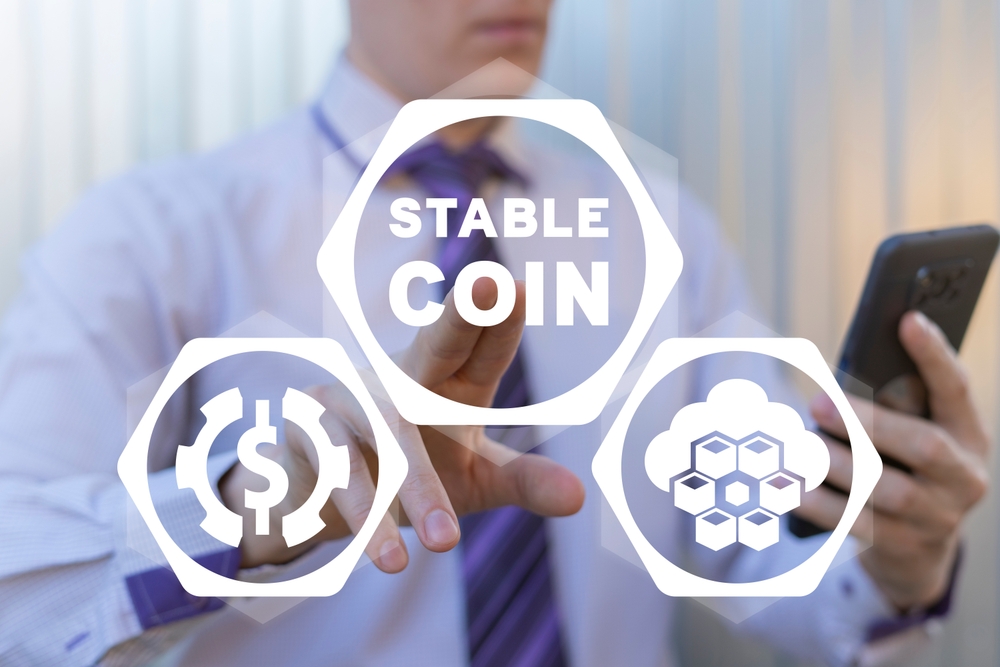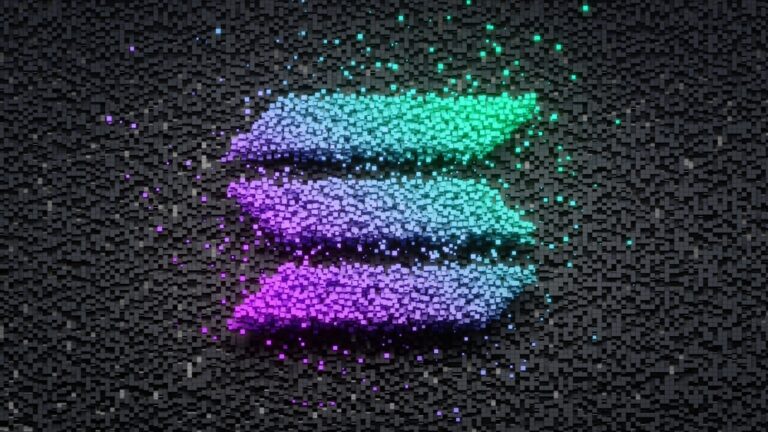Recently, we have been hearing the terms Web 3.0 and Web 5.0 in connection with the crypto space. But why and in what context are these terms used?
What do they and their numbers mean? And what do cryptocurrencies, tokens, or even the blockchain have to do with it?
Let’s take this Journey from Web 1.0 to Web 5.0 and have a look at the terminology and history of the web and explain the connections.
Table of Contents
ToggleWEB 1.0
The beginnings of the Internet. My generation can still remember it very well. You dialed up with a 56kb analog modem and could view a collection of websites which were completely connected by hyperlinks. These were mainly static web pages with no interactive content.
A hyperlink is an electronic reference in a hypertext that points to another electronic document or allows you to jump to another location within the same document. In the World Wide Web, hyperlinks are a core component. in colloquial language, one also speaks of web links.
With Web 1.0 the net was born
WEB 2.0
Web 2.0 is commonly known as the Internet of social networks. Here we are talking about a period from 2000 to 2010. A user could create a website using worpress, for example, and publish their own content without much technical background.
Good quality content had the highest priority and the fight for the highest possible ranking in the indexing of the site began.
One also thinks here of the first social networks such as myspace.com etc.
Web 2.0 primarily refers to a change in the use and perception of the Internet. Instead of just being a consumer in Web 1.0, the step in Web 2.0 was simply for users to create and publish their own content. Content is no longer created centrally by large media companies and distributed via the Internet, but also by an ever-increasing number of users.
WEB 3.0 vs WEB3
With Web 3.0 the connection to Cryptos but especially the decentralization through the Blockchain appears for the first time.
However, the term has repeatedly led to confusion between the understanding of Web 3.0 and Web3.
The term Web 3.0 refers to the concept of the Semantic Web described by Tim Berners-Lees in 1999.
This is an extension of the web in which information is given a unique meaning. This facilitates the work between man and machine. The origins of the semantic web lie, among other things, in AI (artificial intelligence) research, especially in knowledge representation.
The idea behind Web3.0 is stronger networking and the web should be more open as well as more intelligent. Semantic web technologies enable new approaches to information transfer. Possible examples include distributed, highly networked databases, natural language processing, machine learning, and autonomous agents.
The proximity to crypto space is already evident here.
In 2014, Web3 Gavin Wood used the term to describe a decentralized online ecosystem based on the blockchain.
Gavin Wood is the founder of Polkadot and was also an important figure as co-founder of Ethereum.
Various authors have used the term Web 3.0 instead of Web3, which refers to the decentralized concept. This then led to confusion. Particularly because Web3 also includes ideas about the semantic web.
The fact is that Web 3.0 is not limited to one technology but an integrated stack of technologies following a 3tier architecture (interface, logic, and data). For example, in the area of the interface, augmented or virtual reality (AR/VR) as well as Internet of things components can be used. Artificial intelligence can be used at the logic tier level and blockchain at the data tier level.
Now how does a connection to the Crypto space come about?
Well, if you consider that in today’s digital world the real gold lies in the possession of data, and the technology giants, as well as other large corporations with the centralized holding of this data, can exercise an incredible almost scary power, the step towards decentralized data storage via a blockchain that prevents that one entity has the sole power over this information and can do what it wants with it is very obvious.
However, there are other examples where decentralization is desirable in today’s world. One example is Bitcoin with its electronic peer-to-peer payment system, which makes a so-called third trusted party, in this case, financial institutions, superfluous. Furthermore, smart contracts such as those usable with Ethereum or Dapps and DAOs are interesting to use cases in the context of Web 3.0.
Efforts in the area of non-fungible tokens or even in the metaverse also show ways to use Web 3.0.
An important main feature of Web3.0 is the evolutionary trend at the data level towards increasing decentralization and democratization of data. From Web 1.0 to Web 3.0, access has been widened more and more, creating an ever-growing circle of trust that is spreading more and more among the participants on the Web.
WEB 4.0
In Web 4.0, the line between mind and computer is becoming increasingly blurred. That’s why it’s called symbiotic Web 4.0.
Advances in the metaverse will open up new possibilities and the technology behind it will become more sophisticated and performant.
Users are then barely separated from the Internet. The devices that use web 4.0 are getting smaller and smaller and the data streams are getting bigger and bigger. They constantly transmit data to the Internet.Machines and humans are connected in many different ways and we are moving into the Internet of Things where devices and machines can make independent decisions based on data.
To make the necessary big steps, Web 4.0 requires AI and ML algorithms to handle the enormous amounts of data required by both the human brain and the physical world.
WEB 5.0
Web 5.0 is based on the idea of Web 3.0 and also on blockchain and crypto technology.
The main difference is that Web 5.0 is created as a decentralized platform based on the Bitcoin Blockchain.
Web 5.0 is strongly driven by Jack Dorsey, the founder of Twitter and Square, as he believes that Web 3 is not moving in the right direction when looking at the issues of decentralization and implementation of all blockchains with their projects and apps.
The reason for this is that the supporters of Web 5.0 technology assume that Web 3.0 uses the wrong technologies.
It is assumed that not all blockchains will be equally efficient in the future and that this will make them completely unusable for certain use cases.
Furthermore, it is assumed that many of the Web3 apps proclaimed as decentralized are not completely decentralized and that the failure of a root project can bring down the entire environment built around that project.
TBD a subsidiary of Block (previously Square) focuses on Web 5.0 and also covers technologies such as decentralized identifiers (DID), decentralized web nodes (DWN), a self-managed identity service (SSIS), and a software development kit for self-managed identities (SSI-SDK).
However, we cannot say at this time how far this idea of Web5.0 is already in implementation, nor whether it has found great appeal and participants or whether they are just another project, a vision of technological masterminds like Jack Dorsey. In the case of Web5.0, this will certainly become clear in the coming years.












